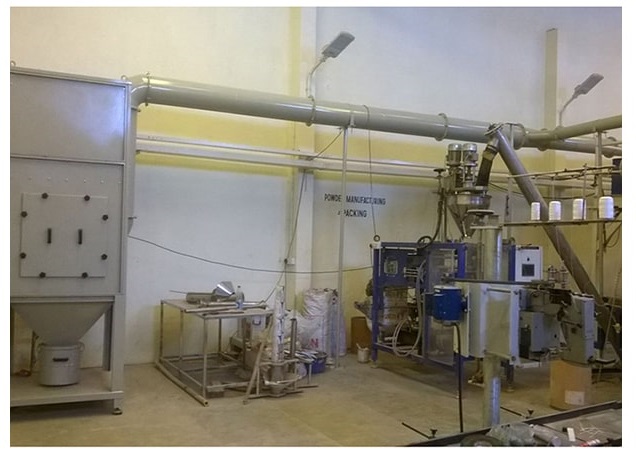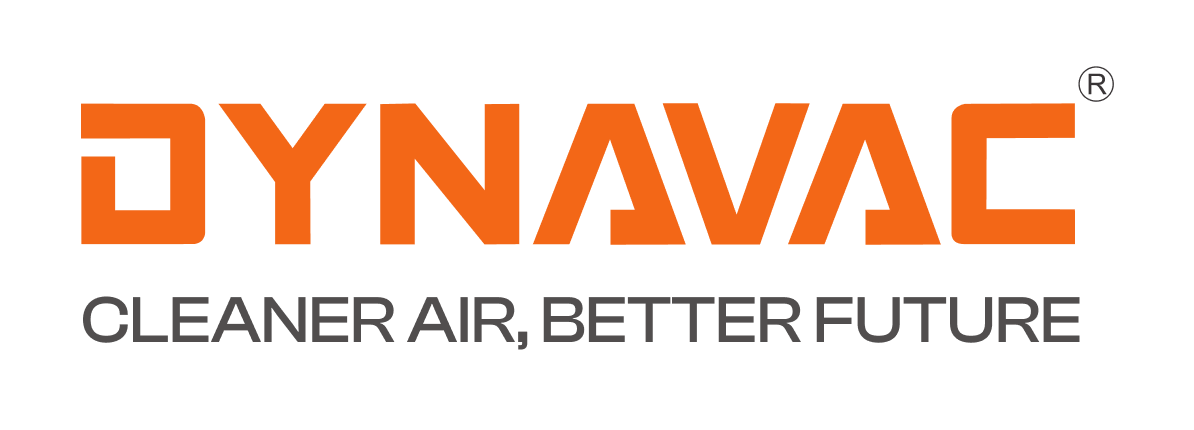Conquering the Chaos: A Comprehensive Guide to Dust Collection in Challenging Environments
Industrial environments are notorious for generating dust, from the fine powders of pharmaceutical production to the abrasive grit of metalworking. While dust collection systems play a vital role in protecting workers and maintaining air quality, selecting the right equipment for challenging environments can feel like navigating a minefield. This comprehensive guide equips you with the knowledge and strategies to conquer the chaos of dust collection in even the most demanding settings.
Beyond the Dust: Deciphering the Gas Stream’s Secrets
Focusing solely on dust characteristics like size and abrasiveness is only half the equation. The hidden hand of the gas stream plays a critical role in influencing dust collection performance. Let’s delve into the three key culprits:
- Temperature: Imagine dust collection as a culinary adventure. High temperatures are like baking your filter media. While some materials like Nomex can withstand up to 500°C, others like fiberglass might turn into crispy critters at such temperatures. Remember, higher temperatures also affect filtration velocity and collector size due to gas density changes.
- Moisture: This double-edged sword can bring both blessings and burdens. High moisture levels can lead to condensation nightmares, turning dust into stubborn mud that clings to filters and hoppers. Insulation or even heating elements might be necessary to prevent such sticky situations. But low moisture levels with high temperatures can create another challenge: dust repulsion. Imagine dust particles becoming like tiny magnets, repelling each other and refusing to clump together for efficient removal. Introducing moisture (think steam) can be your secret weapon in such scenarios.
- Chemistry: This is where things get truly complex. Acid gasses, VOCs, and other chemical concoctions require specific materials, coatings, and specialized filter media. Think of it like choosing the right tools for the job. Using the wrong filter for an acidic gas stream is like using butter on a screw – it might seem tempting, but it won’t end well. Remember, trade-offs might be necessary. You might pay more upfront for a special coating, but it could extend the life of your collector and save you money in the long run.

The Combined Challenge: When the Trio Conspires
As if dealing with each factor individually wasn’t enough, real-world gas streams rarely cooperate. Combinations of these factors can create situations that would make even the most seasoned dust collection expert scratch their head. This is where thorough analysis and collaboration are crucial. Don’t be shy; consult with experienced dust collector specialists. They’ll help you navigate the complexities and avoid surprises down the line.
Remember, you are not alone in this battle against dust! Utilize the wealth of information and expert guidance available at Dynavac to make informed decisions and conquer the dust collection challenge.


